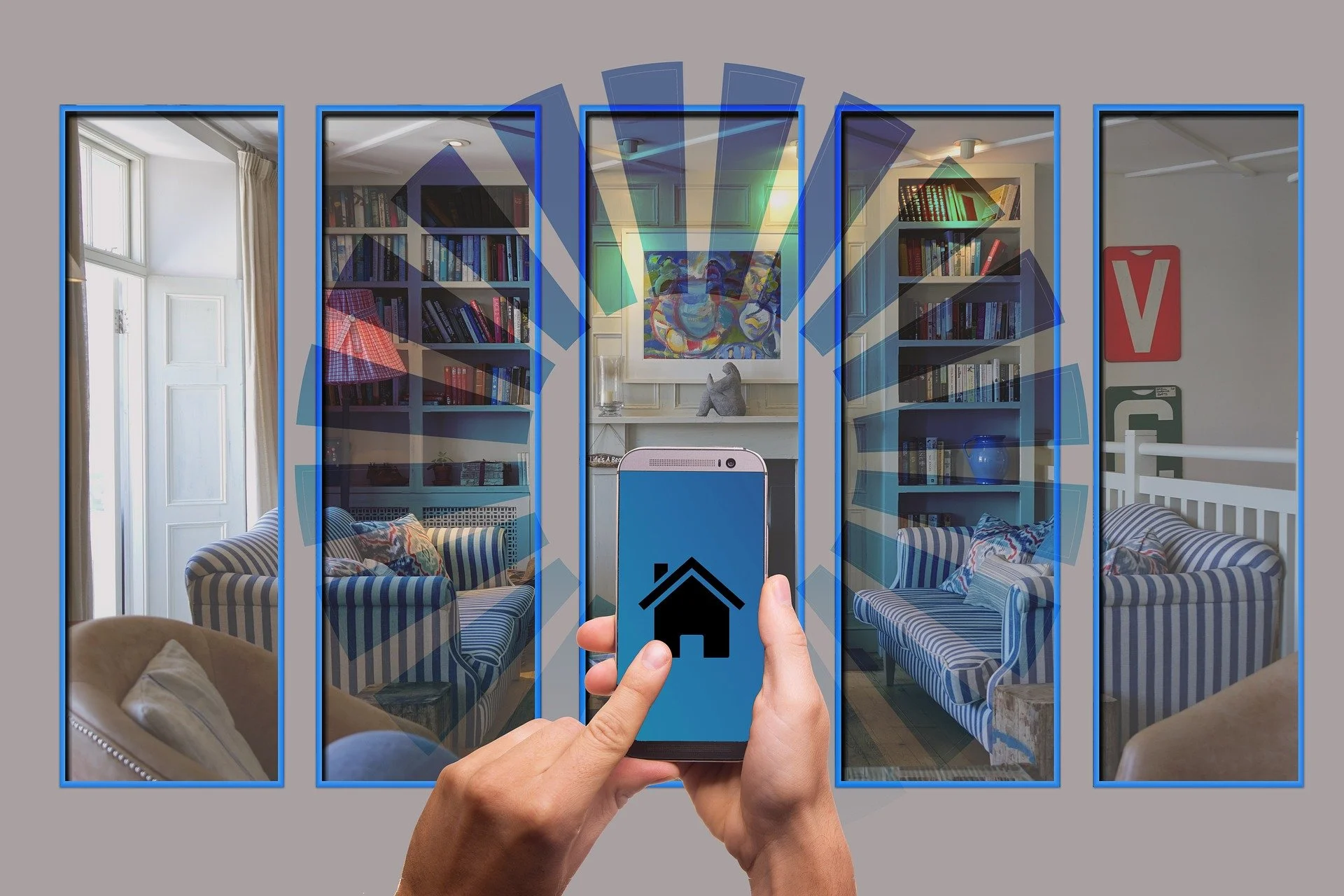What Counts Towards an Energy Efficient Home
Building an energy efficient home is one of the most important investments for future comfort, sustainability, and cost savings. In Australia, where climate extremes are common, designing with energy efficiency in mind from the outset can significantly reduce long-term living expenses and carbon footprint.
Understanding what really counts towards an energy efficient home ensures smarter choices throughout the planning, design, and construction phases.
Design Principles that Matter Most
Energy efficiency begins with design decisions. Smart homes are those that work with the environment, not against it.
Orientation and Passive Solar Gain
● Living spaces should face north to capture winter sun.
● Use shading such as eaves or pergolas to block summer heat.
● Minimise east and west facing windows to avoid heat gain.
Correct orientation alone can reduce heating and cooling energy use by up to 40 percent.
Ventilation and Airflow
Cross-ventilation through window positioning and room layout promotes natural cooling, reducing dependence on mechanical systems.
Ceiling heights, internal breezeways, and operable louvres also help maintain indoor comfort without added energy use.
Building Materials and Construction Techniques
Material choice is crucial to an energy efficient build.
Key materials to consider include:
● High thermal mass materials like concrete and brick for heat storage.
● Recycled and locally sourced products to lower embodied energy.
● Low VOC paints and finishes to support healthier indoor environments.
Construction techniques that enhance efficiency:
● Proper sealing around windows, doors, and frames.
● High-performance wraps and membranes to improve airtightness.
● Thoughtful wall, ceiling, and underfloor insulation strategies.
Windows and Glazing
Windows are often a weak point in thermal performance. Selecting the right type is critical. Look for:
● Double or triple glazing
● Low-emissivity (Low-E) coatings
● Thermally broken frames
Windows should not just allow light but also work hard to keep interiors thermally stable across all seasons. For homeowners seeking long-term efficiency and comfort, investing in expert window installation in Canada ensures optimal sealing, insulation, and performance that enhance both energy savings and home durability.
Smart Energy Systems and Appliances
Even the most well designed home benefits from the right technology to enhance efficiency.
Best choices for smart energy management:
● Zoned reverse cycle air conditioning
● Heat pump hot water systems
● Ceiling fans to complement natural ventilation
● LED lighting throughout
Appliances should always carry high star ratings under Australia’s energy rating system, reflecting lower running costs and reduced environmental impact.
Why Building with Experts Matters
True energy efficiency is achieved when planning, materials, and construction align perfectly. Partnering with experienced builders Bellarine Peninsula homeowners recommend ensures each element of your project is focused on achieving superior thermal performance, water conservation, and renewable energy integration from the outset.
Their expertise can guide you through orientation analysis, smart material selection, and installation of high-performance systems, creating homes that deliver genuine long-term value.
Renewable Energy Integration
The next major element is renewable energy generation.
Installing solar photovoltaic panels during construction allows seamless integration into rooflines and electrical systems. Other options include:
● Battery storage for managing excess solar generation
● Solar hot water units to significantly reduce heating costs
● Pre-wiring for future additions like electric vehicle chargers
Early planning avoids costly retrofits later and ensures systems operate at maximum efficiency.
Water Efficiency and Landscaping
Energy efficiency should extend to managing water use effectively.
Water saving strategies include:
● Installing rainwater tanks for garden irrigation, toilets, and laundry.
● Selecting water-efficient taps, showerheads, and toilets.
● Landscaping with drought-tolerant native plants that require minimal watering.
An efficient home looks beyond electricity to create a fully sustainable living environment.
Smart Home Technology
Automation plays a growing role in managing a home's performance. Smart systems allow:
● Real-time monitoring of energy and water use
● Automated heating, cooling, and lighting schedule.
● Remote access via apps to adjust settings while away
These systems not only improve energy efficiency but also enhance day-to-day convenience and functionality.
Final Thoughts
Every decision during the planning and building process either adds to or detracts from the long-term efficiency of your home.
From thoughtful orientation and material selection to integration of renewable energy and smart technologies, creating an energy efficient home is a deliberate and highly rewarding process.
Working with experienced professionals ensures each stage is completed above board and by the book, resulting in a home that is comfortable, affordable to run, and built to withstand the future challenges of energy pricing and climate change.







